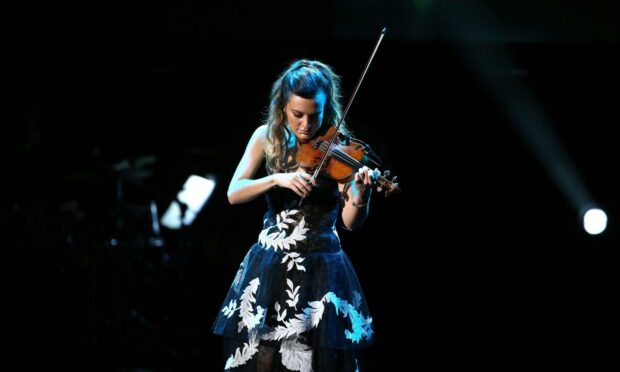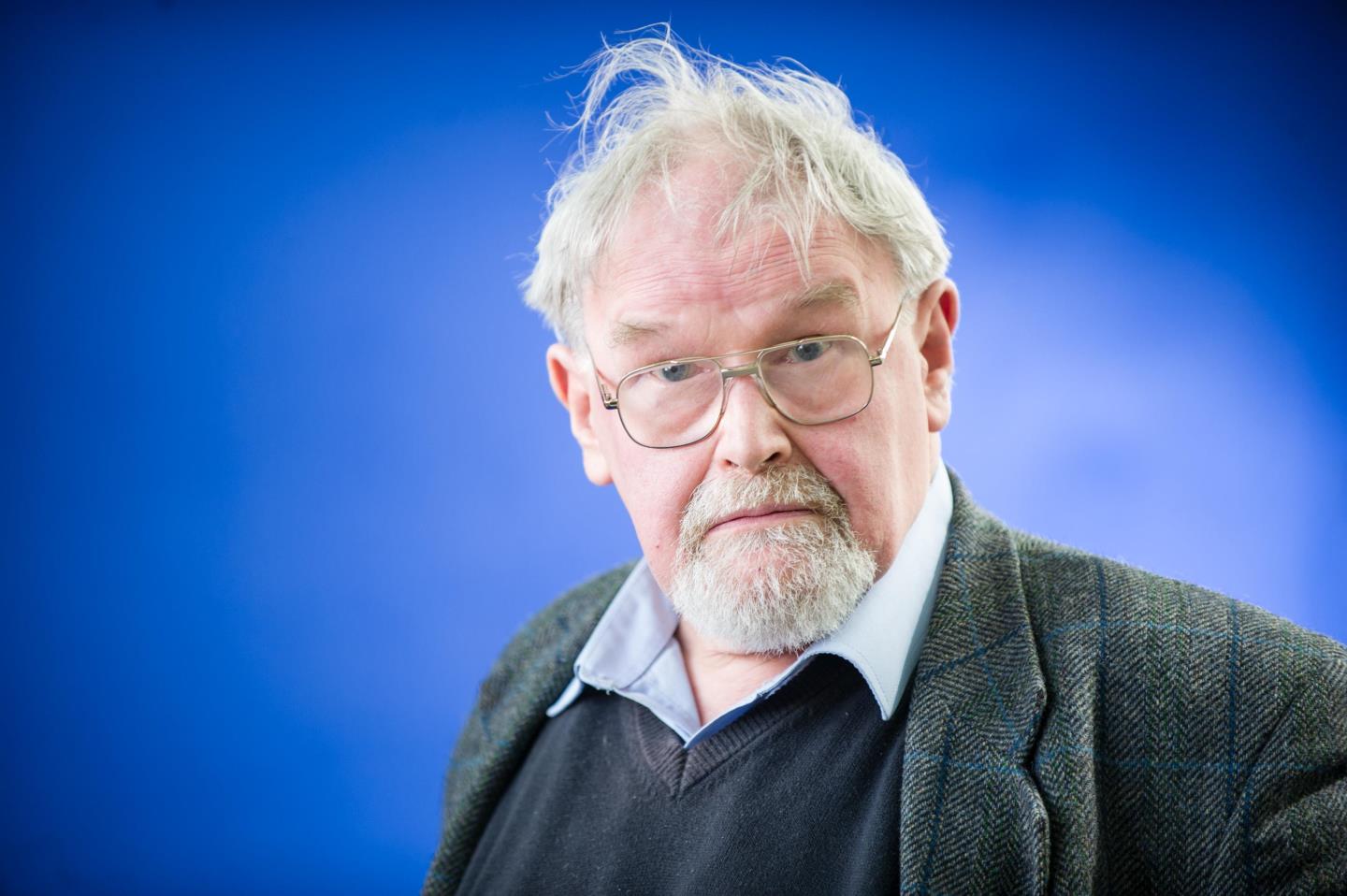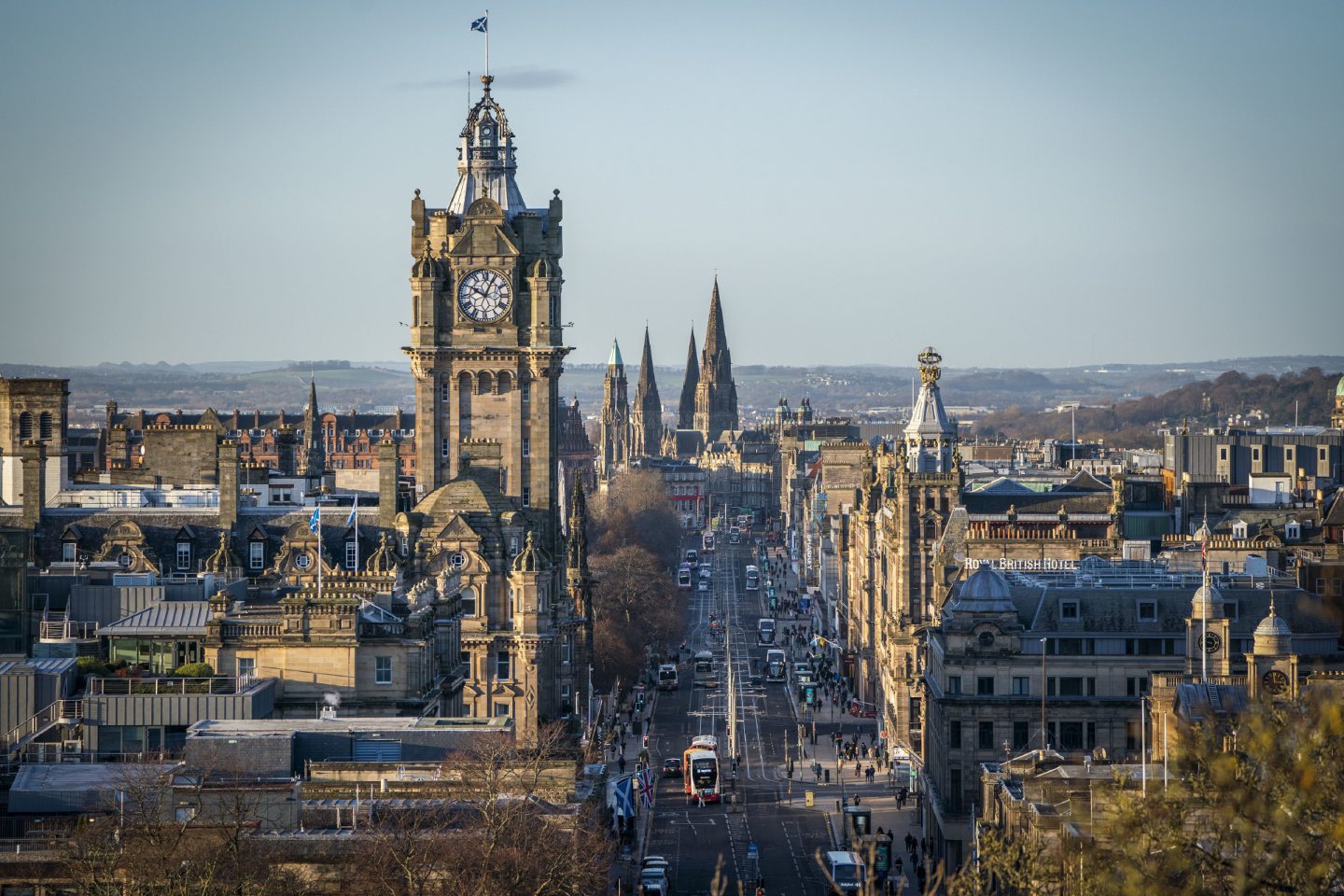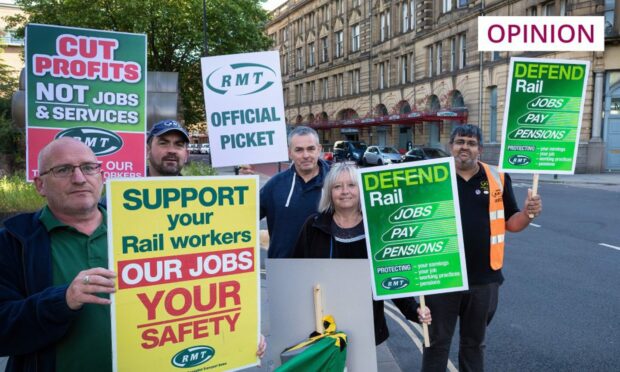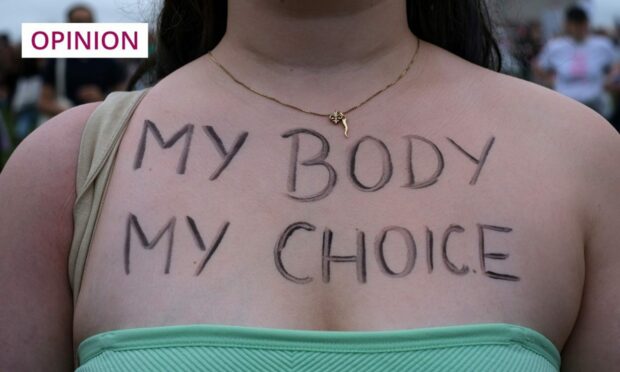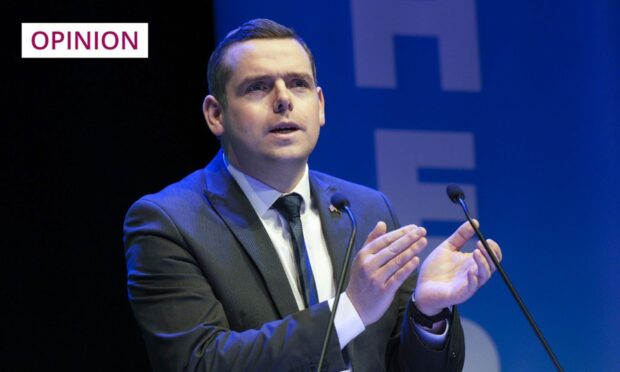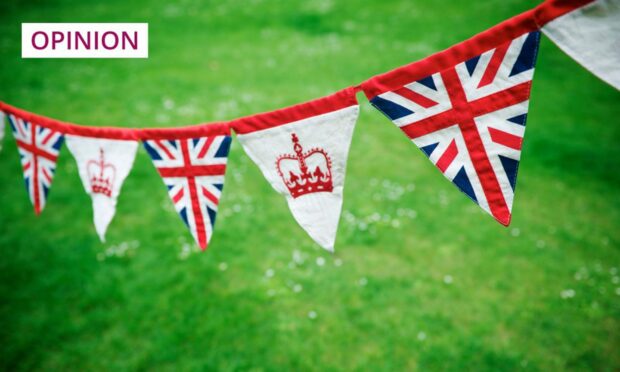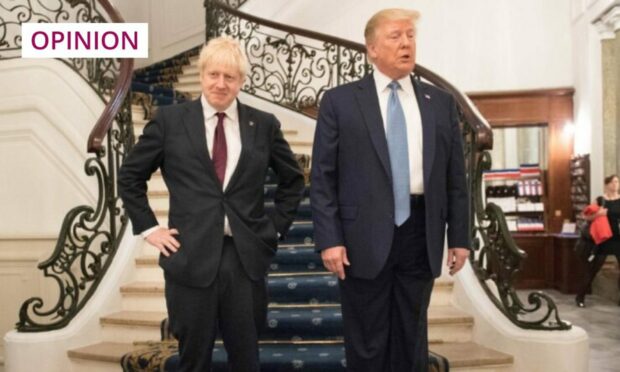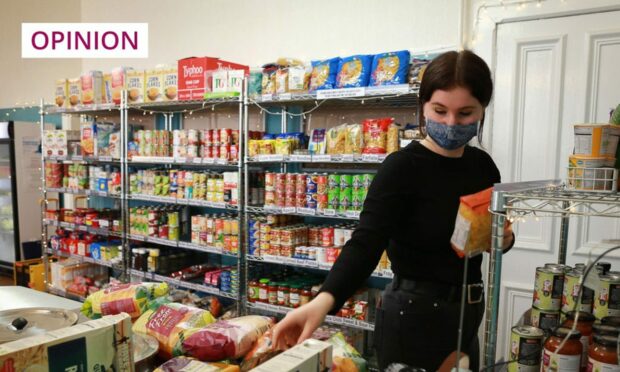Ten years ago, an incendiary newspaper article created what came to be known as a “stooshie”, maybe even the Stooshie to End All Stooshies, in Scottish arts discourse.
The subject under fire was the late author and artist Alasdair Gray; or, more specifically, Gray’s controversial Settlers and Colonists essay, which attempted to address, amongst other things, that very few of the top arts jobs in Scotland are or have ever been occupied by Scots.
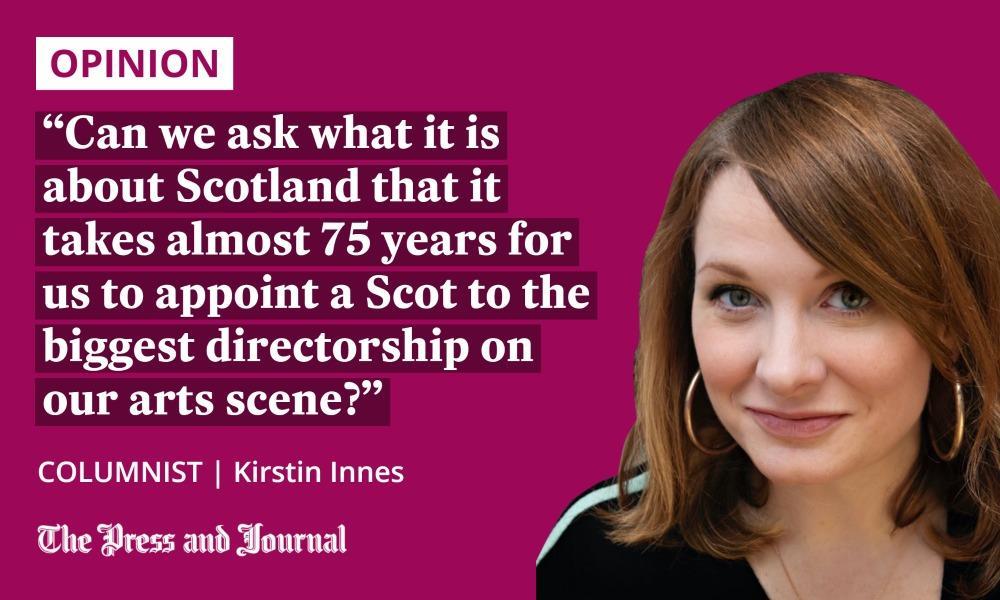
Regrettably, particularly given how easily those words could be taken out of context, Gray used the loaded terms “settlers” and “colonists” to describe two different kinds of immigrant working in the arts in Scotland.
Pro-Union commentators immediately and loudly decried it as “xenophobic” and “anti-English”, despite the essay itself being partly a fulsome celebration of the positive impacts of immigration.
Alasdair Gray ‘stooshie’ set the tone
Ironically, the collection the essay featured in, Unstated: Writers on Scottish Independence, had been “intended to resist the narrowing of the independence debate by pollsters and politicians, while endeavouring to document the true relationship between the official discourse of Scottish nationalism, and the ethical concerns of some of the writers presented as its guiding lights and cultural guarantors”.
Any nuance Gray was trying to elucidate was drowned out in the stooshie, and nobody came out of it well. He featured in 119 UK-wide media articles in December 2012. The 2014 essay, The Settlers And Colonists Affair, written by Unstated’s commissioning editor Scott Hames (which can be downloaded from Stirling University’s website) displays very clearly that most of these responses were informed by the original article rather than by a close read of Gray’s essay itself, which then was still unpublished and only put online after some weeks of debate.
Looking back, it’s easy to see those events of 2012 as setting the tone for the two years to follow, where accusational partisanship and enmity came to rule Scottish discourse in the run up to the independence referendum.
In 2012, Gray was big game to bring down, not in himself but because by sticking a label of xenophobia over his words he could be made to tarnish others by association.
He was as outspoken a proponent of independence as it was possible to be; he had been regularly feted by the SNP and one of his illustrations had just been chosen for then-First Minister Alex Salmond’s Christmas card.
There are still whispers that Benedetti isn’t up to the top job
I found myself thinking of that time last week, when the Edinburgh International Festival (EIF) announced the – frankly excellent – news that world-famous violinist Nicola Benedetti would be taking over the directorship of Scotland’s flagship international arts event.
Nicola Bendetti had to be the best, the starriest, the former child prodigy, the most internationally-renowned Scot in the classical music world, the magnificent humanitarian running her own foundation
Every media outlet picking up on the story led with the information, flagged up in the second sentence of EIF’s press release, that Benedetti will be both the first Scottish director and the first female director in the festival’s 75 year history. But hardly any analysis of either of these facts followed.
An Edinburgh-based festival’s first Scottish director. In 75 years.
I went back and read Hames’s article, which is essentially a chronology of the stooshie. It was a stressful experience, even secondhand at a gap of 10 years.
Hames’s frustration at the spiralling process of misinformation and the feeling of the narrative slipping out of everyone’s control, becoming a thing of itself bearing little relation to the original essay, made me wonder whether I should just leave this well alone, like everyone else has. So toxic has the whole topic become that the good people of Scottish letters seem to have tried to avoid it completely this time around.
That Benedetti is the first Scottish director is treated in the headlines as equally newsworthy to her being the first woman. But, in order to open both of these floodgates, she had to be the best, the starriest, the former child prodigy, the most internationally-renowned Scot in the classical music world, the magnificent humanitarian running her own foundation.
And, still, there have been sneery whispers at the edge of the arts press that she “might be taking on too much”, whispers that would never have attached themselves to any of her predecessors.
Why are Scots conditioned to put themselves down?
Are we ready for that conversation yet? Ten years on, soberly, respectfully and thoughtfully, maturely, can we ask what it is about Scotland that it takes almost 75 years for us to appoint a Scot to the biggest directorship on our arts scene?
Can we do that without partisan point-scoring? Without hurling accusations of xenophobia or colonisation?
Can we do it by focusing instead on ourselves and asking – is it important that Scots, however you define them, historically tend to underestimate themselves, put themselves down? Because this can have knock-on effects for everyone growing up here, not just the occasional Ayrshire child with a prodigious talent that allows her to escape, come back a star.
We are thrilled to announce that world-renowned violinist, educator and arts and culture advocate, Nicola Benedetti CBE becomes the Director Designate of the Edinburgh International Festival, and will become Festival Director on 1 October 2022.
More here: https://t.co/6WWO92VfFn pic.twitter.com/OcioLiJGnn
— edintfest (@edintfest) March 1, 2022
It feels as though that figure, 75 years, has been marked just with a collective shrug. A: “Yeah. We know. Must do better.”
We’re tired of the fighting; we’re scared to reopen that particular box. And, of course, there are so many other things that need our attention right now. But, at some point, a national conversation about the value of Scottish arts needs to happen.
It’s through representation in the arts, reflecting and refracting ourselves back, that nations – and their citizens – begin to grow in confidence, tell their own stories, admit that, yes, we can do the big jobs too. It’s a discussion that needs to happen, for the good of all of our mental health.
As the playwright David Greig said, mid-stooshie, 10 years ago: “Self-confidence comes partly from a sense that one’s cultural background is given back to you in art. People anywhere deserve that.”
Kirstin Innes is the author of the novels Scabby Queen and Fishnet, and co-author of the recent non-fiction book Brickwork: A Biography of the Arches
